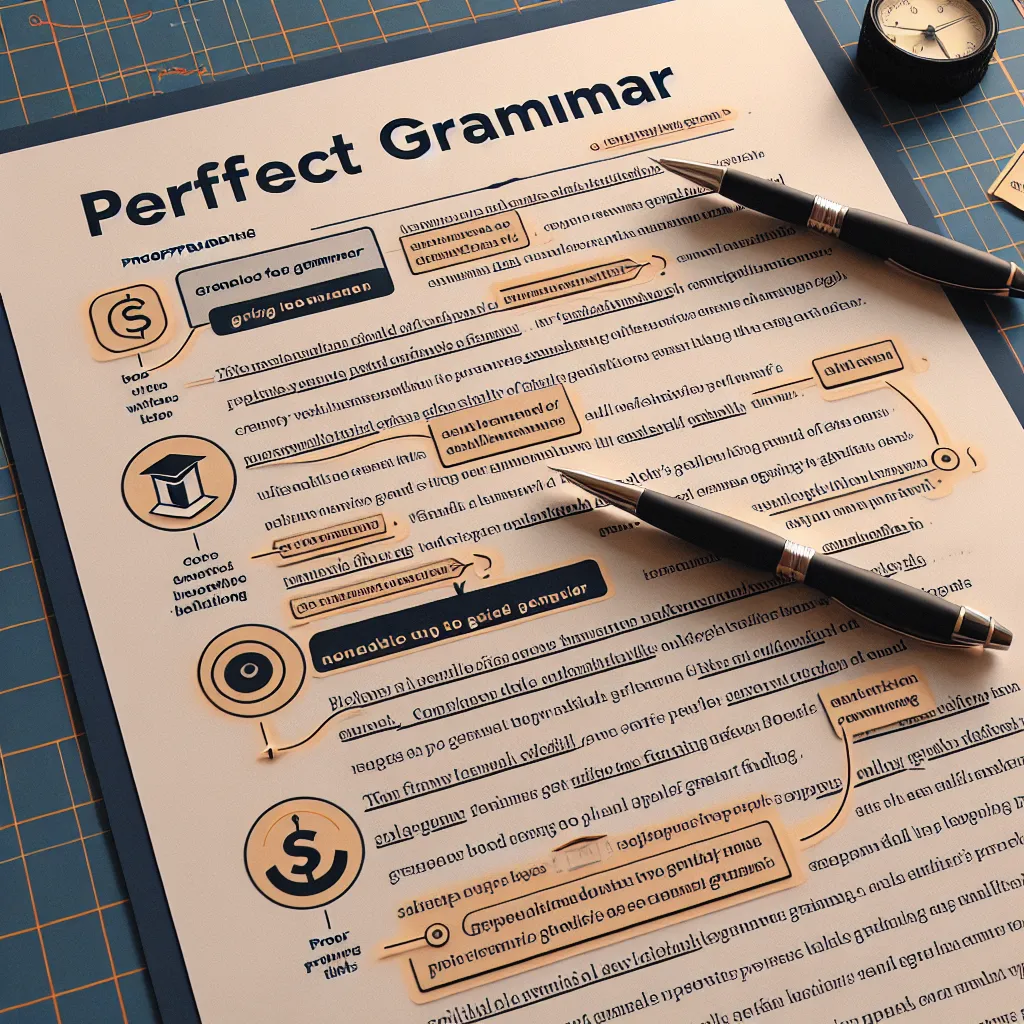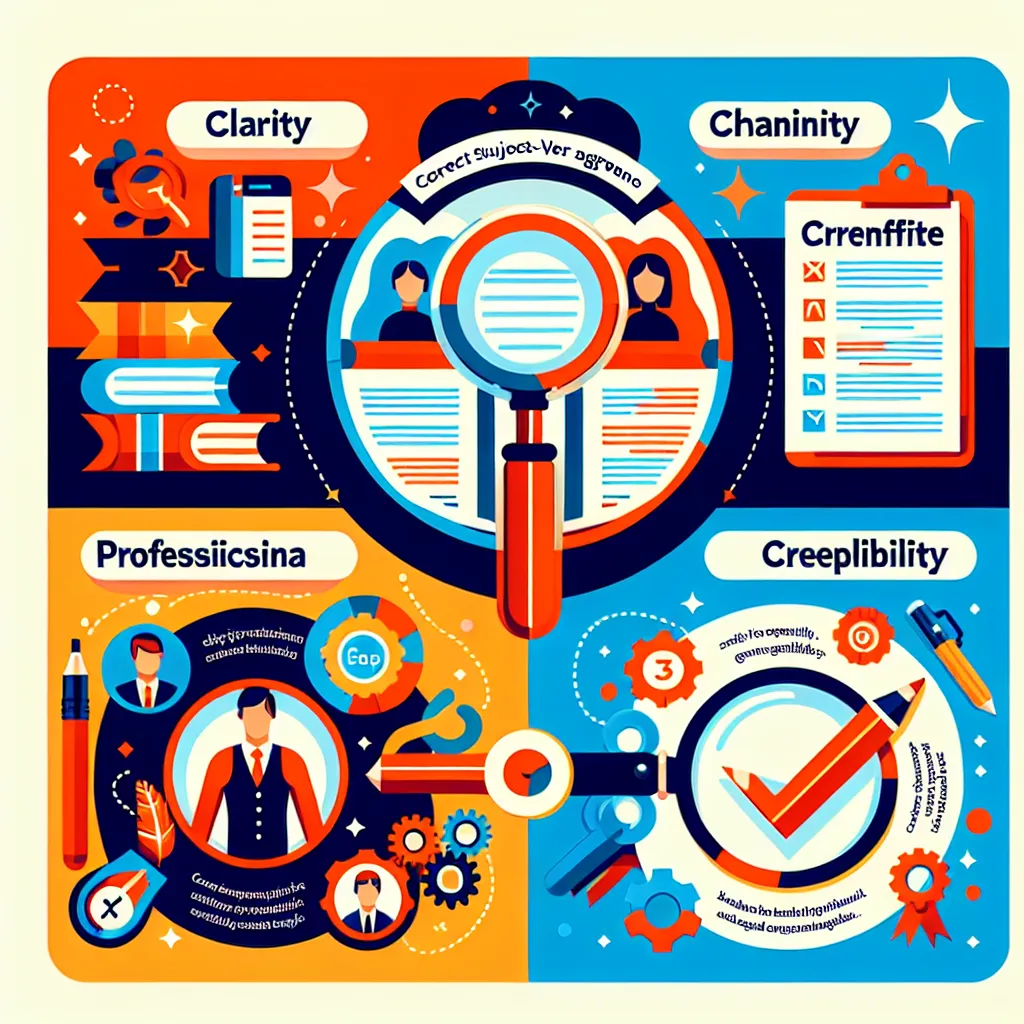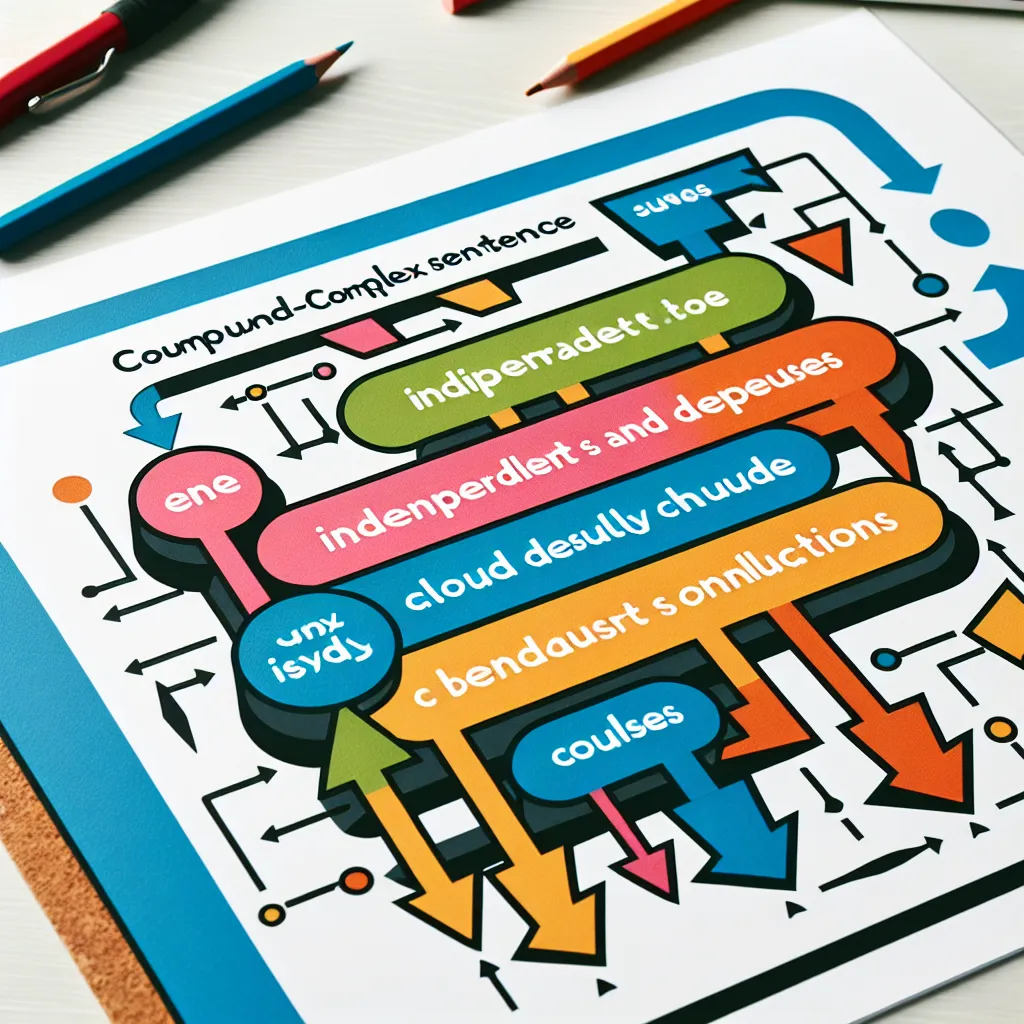Grant writing is a crucial skill in the world of academia, non-profit organizations, and research. To secure funding for your projects, it’s essential to present your ideas clearly and persuasively. This requires not only a compelling proposal but also impeccable grammar. In this guide, we’ll explore advanced grammar techniques specifically tailored for grant writing, helping you elevate your proposals to the next level.
Understanding the Importance of Advanced Grammar in Grant Writing
Grant proposals are often highly competitive, with numerous applicants vying for limited funds. Your ability to communicate effectively can make the difference between securing funding and being overlooked. Advanced grammar skills allow you to:
- Convey complex ideas with precision
- Maintain a professional tone throughout your proposal
- Demonstrate your attention to detail and commitment to excellence
- Ensure clarity and avoid misinterpretation of your project goals
 Importance of Grammar in Grant Writing
Importance of Grammar in Grant Writing
Key Advanced Grammar Concepts for Grant Writing
1. Parallel Structure
Parallel structure is crucial for creating clear, balanced sentences. This is especially important when listing project objectives or describing methodologies.
Example:
Incorrect: “Our project aims to increase literacy rates, improving health outcomes, and economic opportunities.”
Correct: “Our project aims to increase literacy rates, improve health outcomes, and enhance economic opportunities.”
2. Active vs. Passive Voice
While passive voice has its place, active voice generally creates more engaging and direct writing. Use active voice to emphasize your organization’s role and capabilities.
Example:
Passive: “The program will be implemented by our team.”
Active: “Our team will implement the program.”
3. Conditional Sentences
Grant proposals often discuss potential outcomes and hypothetical scenarios. Master the use of conditional sentences to clearly articulate these possibilities.
Example:
“If we receive funding, we will expand our outreach to five additional communities. This would result in a 50% increase in our program’s impact.”
4. Precise Verb Tenses
Accurately conveying the timeline of your project is crucial. Use precise verb tenses to differentiate between past accomplishments, current activities, and future plans.
Example:
“Over the past year, we have developed a new curriculum. We are currently piloting this program in two schools. With additional funding, we will expand to ten schools by next year.”
5. Subordination and Coordination
Use subordinating and coordinating conjunctions to create complex sentences that show relationships between ideas.
Example:
“Although our organization is relatively new, we have already achieved significant results in community engagement. Therefore, we are well-positioned to take on this larger project.”
 Complex Grammar Structures in Grant Writing
Complex Grammar Structures in Grant Writing
Avoiding Common Grammar Pitfalls in Grant Writing
1. Misplaced Modifiers
Ensure that modifiers are placed next to the words they’re intended to modify.
Incorrect: “As a leading research institution, our proposal aims to revolutionize cancer treatment.”
Correct: “As a leading research institution, we aim to revolutionize cancer treatment with our proposal.”
2. Subject-Verb Agreement
In complex sentences, make sure the verb agrees with the subject, not with a phrase that comes between them.
Incorrect: “The implementation of our new strategies, along with increased community involvement, are expected to yield positive results.”
Correct: “The implementation of our new strategies, along with increased community involvement, is expected to yield positive results.”
3. Pronoun-Antecedent Agreement
Ensure that pronouns agree in number with their antecedents.
Incorrect: “Each participant will submit their report by the deadline.”
Correct: “Each participant will submit his or her report by the deadline.” (Or use a plural construction: “All participants will submit their reports by the deadline.”)
Strategies for Polishing Your Grammar in Grant Proposals
- Read your proposal aloud to catch awkward phrasing and grammatical errors.
- Use grammar-checking tools, but don’t rely on them exclusively.
- Have colleagues review your proposal for clarity and grammatical accuracy.
- Create a style guide for your organization to ensure consistency across all grant applications.
- Study successful grant proposals in your field to understand effective grammatical structures.
Advanced Punctuation for Clarity and Impact
1. Semicolons
Use semicolons to join closely related independent clauses or to separate items in a complex list.
Example: “Our project has three main objectives: to increase literacy rates among adults; to improve job readiness skills; and to foster community engagement through education.”
2. Colons
Use colons to introduce lists or explanations, particularly when emphasizing key points in your proposal.
Example: “The grant will fund three essential components of our program: curriculum development, teacher training, and technology integration.”
3. Em Dashes
Em dashes can be used for emphasis or to insert additional information into a sentence.
Example: “Our innovative approach—combining traditional teaching methods with cutting-edge technology—has shown promising results in preliminary studies.”
 Advanced Punctuation in Grant Writing
Advanced Punctuation in Grant Writing
Crafting Powerful Sentences for Persuasive Grant Writing
- Vary sentence structure to maintain reader interest and emphasize key points.
- Use transitional phrases to create smooth connections between paragraphs and sections.
- Employ rhetorical devices such as parallel structure and climax to build persuasive arguments.
- Balance technical language with clear, accessible explanations to cater to diverse review panels.
Conclusion: Elevating Your Grant Writing Through Advanced Grammar
Mastering Advanced Grammar For Grant Writing is an ongoing process that requires practice and attention to detail. By focusing on these key areas—parallel structure, active voice, precise verb tenses, and advanced punctuation—you can significantly enhance the quality and persuasiveness of your grant proposals. Remember, excellent grammar not only improves clarity but also demonstrates your professionalism and commitment to excellence, increasing your chances of securing the funding you need for your important work.
Continue to refine your skills by studying exemplary grant proposals, seeking feedback from peers and mentors, and staying updated on the latest guidelines in your field. With dedication and practice, you’ll be able to craft grant proposals that not only meet grammatical standards but also compellingly communicate the value and potential impact of your projects.
For more insights on perfecting your writing for grant proposals, you might find our article on perfecting grammar for grant proposals helpful. Additionally, if you’re interested in exploring how these advanced grammar techniques can be applied in other professional contexts, our guide on advanced grammar for legislative drafting offers valuable perspectives.




